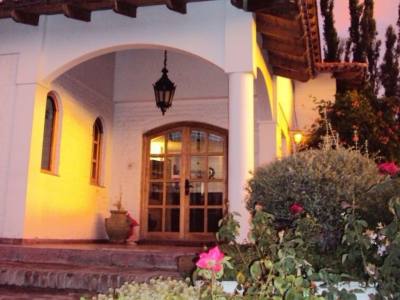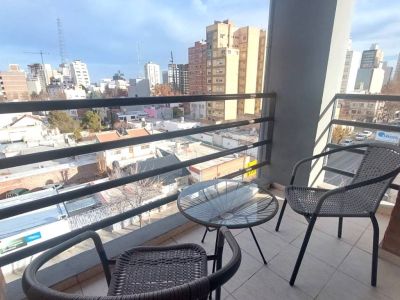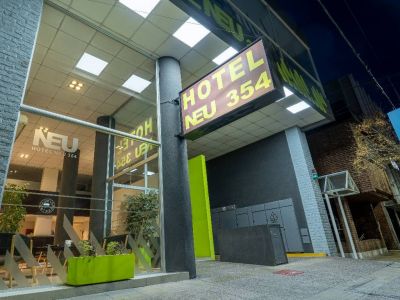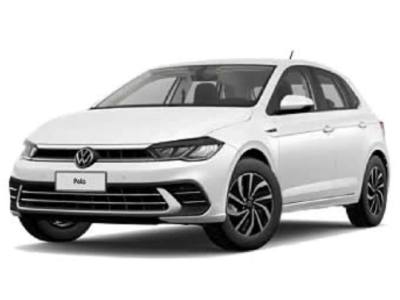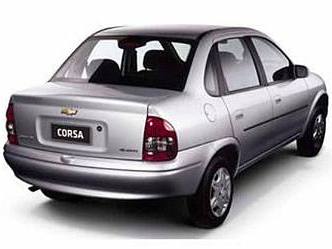Neuquén
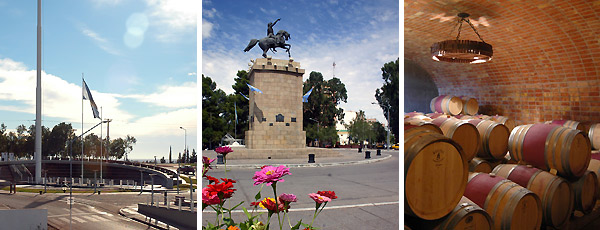 Neuquén - Photos: 1 y 3. Jorge González / 2. Santiago Gaudio
Neuquén - Photos: 1 y 3. Jorge González / 2. Santiago Gaudio
Neuquén is the capital city of the province bearing the same name. It lies on the east of the province and is head of the District of Confluencia. It occupies the strip adjoining the confluence of the Neuquén and the Limay Rivers, which gives origin to the Negro River.
The district is accessed from Bahía Blanca through National Route 22 after traveling 544 kilometers across the so-called High Valley of the Negro River. Coming from Santa Rosa, 522 kilometers are to be covered along the Desert Road going past Catriel and Colonia 25 de mayo, and then crossing the bridge over the Neuquén River. From San Carlos de Bariloche, Route 237 goes past Piedra del Águila and El Chocón, and reaches Neuquén after traveling 443 kilometers.
The word “Neuquén” comes from the Mapuche expression “newenken”, which stands for “fast-flowing”.
Due to the fact that the city is located between the valley and the high plateau, there are slopes in the urban layout. The plain area closest to the river is known as el Bajo (lower Neuquén), in contrast with the northern area, known as el Alto (higher Neuquén), a natural balcony over the rest of the town.
Neuquén is one of the major tourist nodes in the country, a cosmopolitan city where all cultural activities are multiplied week after week. It shelters a permanent headquarters of the National Fine Arts Museum.
Apples, pears and grapes are grown in this fruit production area. In the last few years, wines of excellent quality have been managed at this location. On the other hand, the oil industry developed in the nearby plains generates the settlement of offices of important multinational companies.
To the south of the city, the Limay River flows with its plentiful volume and is enjoyed by the locals, who practice nautical sports or resolve to have a picnic at any of the various resorts offering all the services.
Furthermore, the Limay River is widely known for the sports value of its waters, as anglers can find magnificent specimens of brown and rainbow trout there.
Lago Barreales paleontological center is located in the central-eastern area of the province. Under the authority of University of Comahue, the center offers visitors the chance to be part of a team of paleontologists, by participating in the field research works.
The small District of San Patricio del Chañar, lying 53 kilometers away from the city, provides the best conditions in the province for winegrowing. The wines grown in Neuquén owe their features to the alchemy of nature: meltdown waters, ample temperature variations, low humidity and the endless Patagonian wind grant the product a unique character.
